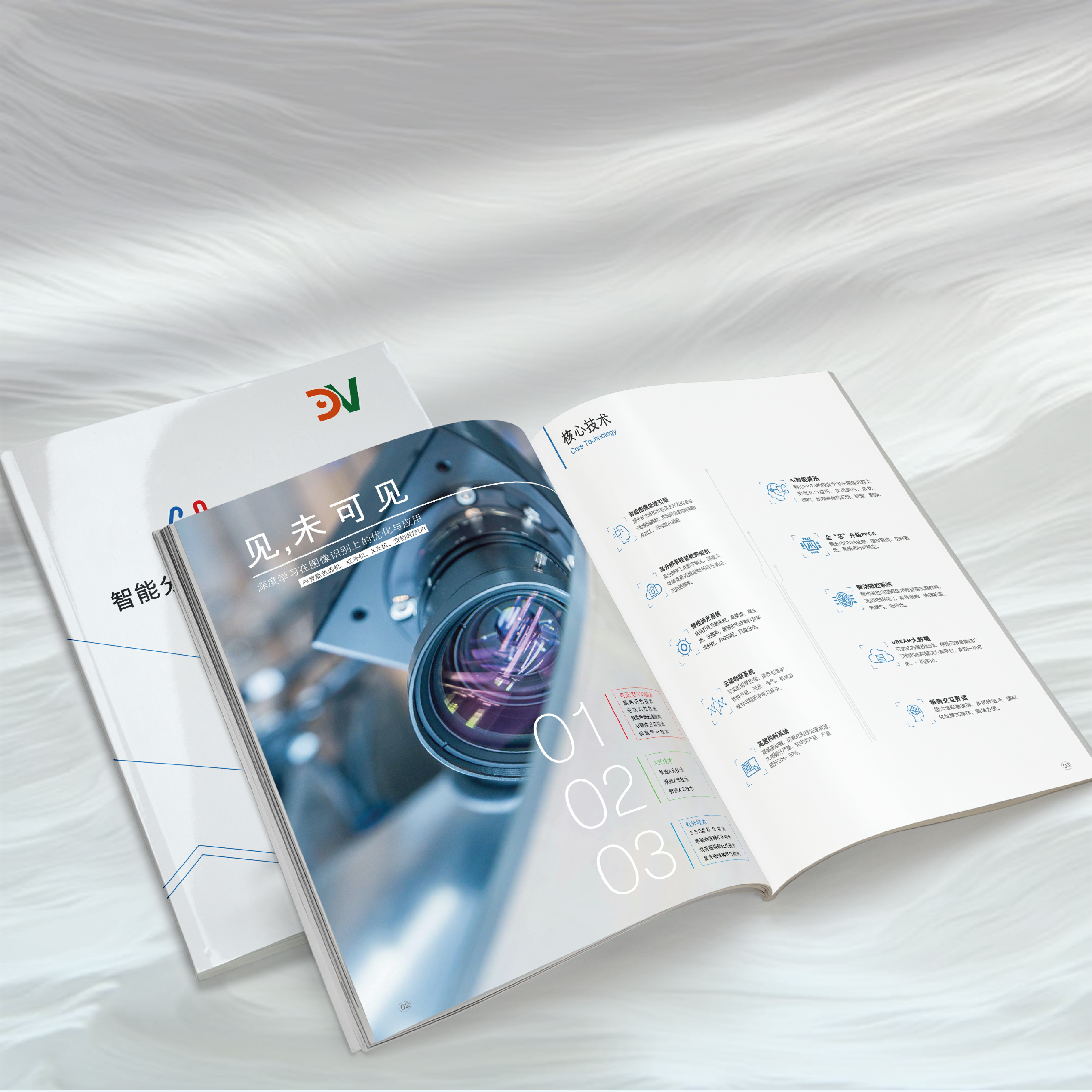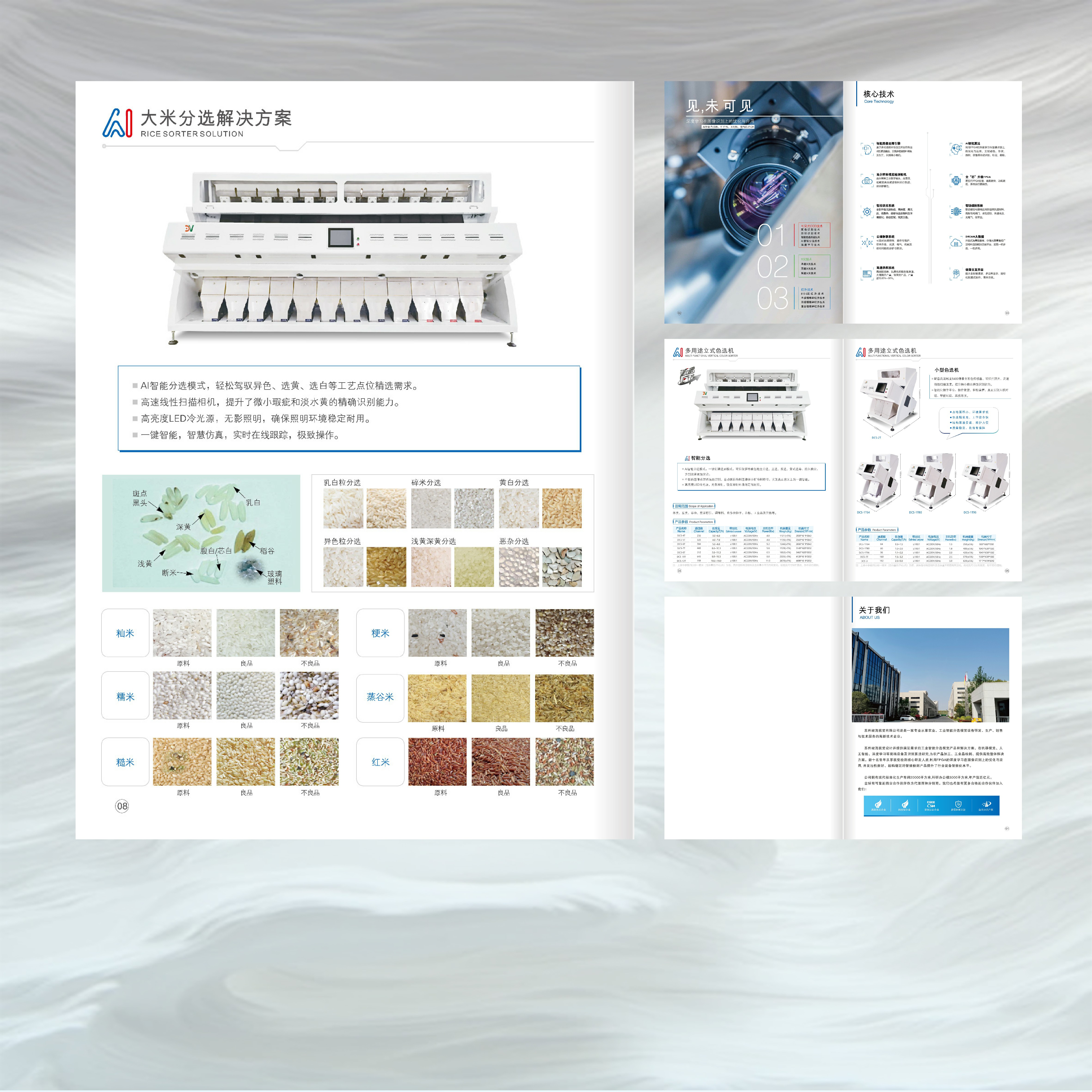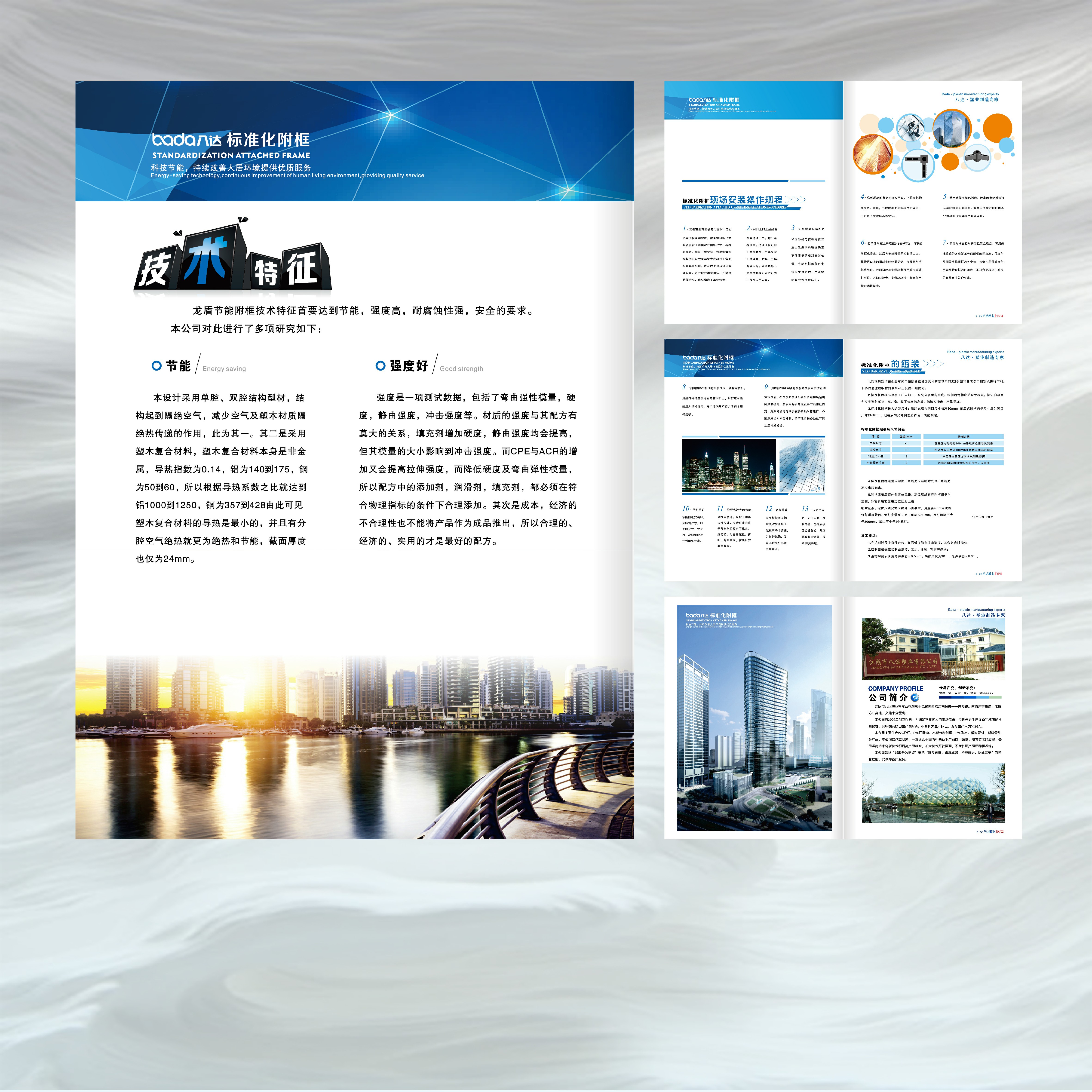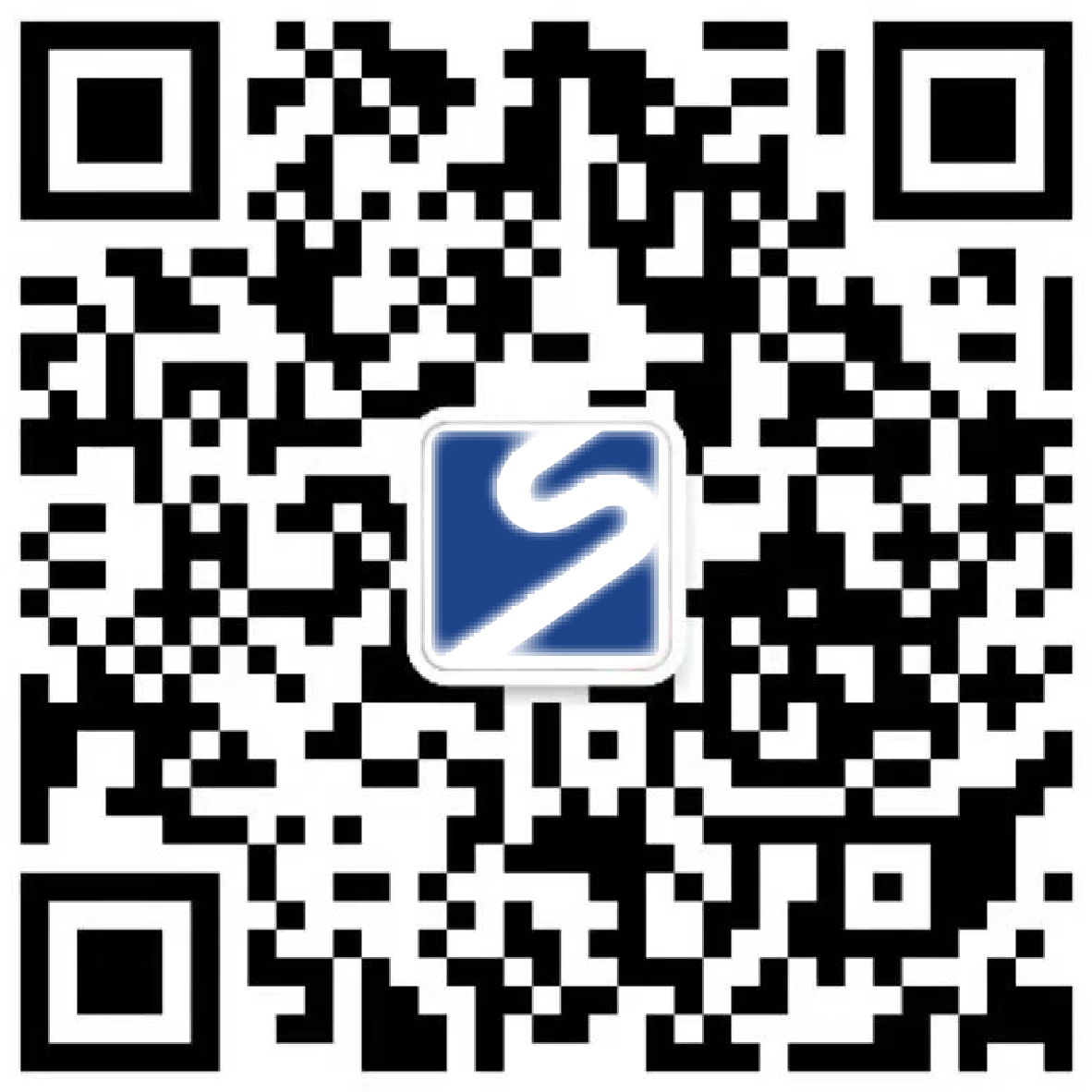The four "doorways" of instruction manual design: saving money, being clear, easy to understand, and not wasting eyes!
Product managers, designers, and users who have a headache for the instruction manual, have you found a good instruction manual, which is almost like hanging? And a bad manual makes people want to "smash the product" in minutes? The manual is not just a matter of writing and drawing. Its design hides university questions! Today, let's talk about four key design features that make the manual really easy to use, especially some practical skills for grounding gas.
Features 1: Careful budget "will save money", and single and double colors can also play brilliantly!
When it comes to design, many people's first reaction is colorful. But in the field of instruction design, "saving costs" is the last word! Why? Both users and manufacturers are refined! User needs are king: Many users, especially those who buy industrial equipment, tools or basic home appliances, are most concerned about whether the information is accurate or not, whether the steps are clear or not, and they don't care so much about fancy colors. You may even feel that complex color printing is a waste, which may eventually be passed on to the product price. Therefore, users often actively or indirectly request that the instruction design be printed in monochrome (black and white) or two-color. Design ingenuity is the key: saving money ≠ simplicity! Smart instruction manual design can make big articles in limited colors. Designer will: Strengthen contrast: Make use of the strong contrast between black and white, or choose two colors with sharp contrast and high recognition (such as black, red, black and blue) to ensure that the text, icons and key warnings are clear and prominent. Playing with grayscale: Even if it is monochrome, it can create a sense of hierarchy and distinguish information modules through different shades of gray blocks and different dot densities. Make good use of white space: A reasonable blank space is the secret of high-end sense, which can make the page breathe and focus the information more. It is especially important in single/two-color design to avoid the cheapness caused by crowding. Icons exert force: When colors are limited, well-designed icons, symbols, and line borders become sharp tools to convey information. Good instruction manual design knows how to "spend money wisely". Using monochrome or two colors, through exquisite typesetting, contrast and graphic application, can also achieve a win-win effect of clear communication and cost reduction. This is the design wisdom of grounded gas!

Feature 2: The structural diagram is "the line is in charge", and the complex equipment is clear at a glance!
What is the most frightening thing in the instruction manual? I'm afraid it's a dense product structure diagram. Don't worry, there is a coup for excellent manual design-"product equipment structure diagrams are commonly expressed in line drafts"! Hard requirements for visual clarity: If real-life photos or realistic renderings are used inside complex equipment, it will often appear messy due to shadows, colors, and textures, and key components will be overwhelmed. What users need is to see the structure clearly, find the right position and understand the relationship. The magic weapon of line drawing: the ultimate simplicity: abandon unnecessary details and color interference, and only use clean lines to outline the shape, outline and connection relationship of components. Like an X-ray film, it hits the core structure directly. Super directivity: With clear guidelines, numbers or labels, it can accurately tell users that "Part A is here" and "Part B is connected to Part C", and it will never be vague where to point. Highlight: Designers can distinguish functions or emphasize key parts by thickening key lines, partially enlarging them, or using different line types (solid lines, dotted lines, dashed lines). Easy to understand: Line drawings are closer to engineering drawings or schematic diagrams we are familiar with, which conforms to the reading habits of technicians and has low learning costs. The instruction manual design is well versed in the principle of "less is more" when dealing with complex equipment. With its absolute advantages of clear vision and clear structure, line drawings have become a design tool that simplifies complexity and efficiently conveys structural information, allowing users to see through the "internal organs" at a glance.

Feature 3: The logic of copywriting is "clear", and the steps follow the brain!
The heart of the instructions is information. Mountains of information? No way! User Can't Find North? Not even worse! One of the core tasks of the specification design is to ensure that "the logic and adjustment of the copywriting structure are clear". Navigation map of the user's mind: The user opens the instruction manual, usually with a clear task: "How to install it?", "How to use it?", "What to do if it is broken?". The instruction manual must be designed like an intimate tour guide, organizing information according to the user's most natural thinking path and operation process. How does design build clear logic? Modular partitioning: Cut the information into large pieces: safety warnings (put it first!), unpacking checklist, quick start, detailed operation, routine maintenance, troubleshooting, technical parameters, contact information. Each block has clear functions and does not interfere with each other. Task process orientation: Especially the operation steps, strictly follow the sequence logic of "step one, step two...". Using numbered lists is the foundation and clear step titles are sublimation. The hierarchical relationship is clear: big title > middle title > subtitle > text > annotation. Through font size, weight, color (even if it is monochrome, it can be distinguished by grayscale or white space), and bullets, a clear visual hierarchy is built, allowing users to instantly understand the primary and secondary of information. Necessary "signposts": a detailed table of contents, accurate page indexes, and eye-catching chapter headers/footers are all design elements to help users quickly locate in the manual. The design of the instruction manual is by no means a simple arrangement of words, but a structured, logical and visual reconstruction of information. It's like building an information building, so that users can easily find the room (information) they need along a clear path (logic), and every step is designed to be intuitive.

Feature 4: Font typesetting is "eye-free", and comfortable reading is the bottom line!
Think about it, when you need to consult the instructions, it is often the time when you are in a hurry when you encounter problems. If you have to squint at this time, struggle to identify words as small as ants, or be dizzy by dense typesetting, it will simply add fuel to the fire! Therefore, the design of the instruction manual must adhere to the bottom line: "The font size can be seen clearly and effortlessly". Readability is the cornerstone of user experience: instructions are for "use", not for "appreciation" of art words. The starting point of all design is to ensure that information can be read easily, comfortably and without burden. How to design "eye-free"? Font size is a hard indicator: the text size must not be too small! The specific size needs to consider the size of the manual and the user group (for example, the font size of the manual of home appliances for the elderly should be larger), but it is an iron law to ensure that it is clear and legible at normal reading distance. Key information such as titles and warnings should be larger and more eye-catching. Pay attention to font selection: give priority to sans serif fonts with clear strokes, good structure, and easy recognition (such as bold, Microsoft Yahei, Arial, Helvetica). Avoid using fonts that are highly decorative, have too thin or thick strokes, and have low recognition. Line spacing should be sufficient: words can't be crowded together! Sufficient line spacing (line height) and character spacing, let the text "breathe", greatly reduce the reading pressure and improve the speed. Be strong in contrast: The text color (usually black or dark) must contrast strongly with the background color (usually white or light), ensuring that it is clearly readable in any light condition. Avoid the use of light gray characters and anti-white characters (shallow characters with dark background), which can lead to difficulty in reading. Concise paragraphs and leave more blank space: Avoid long paragraphs of lengthy text. Section reasonably, and only say one point in each paragraph. Cleverly use blank space to separate different information blocks, so that the page is refreshing and not depressing. The ultimate concern in the design of the instruction manual is the user's eyes and experience. Putting "seeing clearly and reading comfortably" in the first place, and eliminating dyslexia through appropriate font size, clear font, loose typesetting and strong contrast is the true embodiment of user-centered design.

Instruction design-the perfect concerto of cost, clarity, logic and comfort
In the final analysis, an excellent manual is the crystallization of manual design wisdom. It is not a compromise of cost (single and double colors can also be wonderful), but a precise grasp of core needs (line drawings directly hit the structure); It is not the pile of information (logical conditioning is the skeleton), but the ultimate care for the user experience (clear and easy to read is flesh and blood).
OKDesign of the instruction manual, know how to show creativity in "saving costs", use "line drawings" to penetrate complexity, rely on "clear logic" to guide actions, and finally win the hearts of users with a "eye-free" comfortable experience. It turns the cold product parameters and operation steps into a warm, reliable and easy-to-use action guide in users' hands. Next time you evaluate an instruction manual, you might as well examine the instruction manual design skills behind it from these four characteristics-"saving money and visible, clearly seeing the structure, smooth logic and pleasant reading of words"! This is not only the presentation of technology, but also a deep understanding and respect for users' needs.



